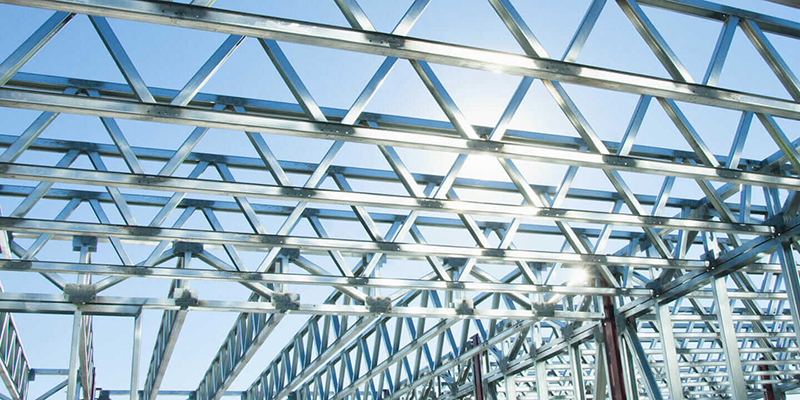Structural steel is by far the best construction material in use. Steel offers architects more design freedom in colour, texture and shape. Its combination of strength, durability, beauty, precision and malleability gives broader parameters to explore ideas and develop fresh solutions. The biggest benefit of steel when building to withstand natural disasters and harsh weather conditions is its durability. Steel is strong yet lightweight, allowing you to design for safety without bulk that would cause undue pressure on the foundation. Due to its properties, the safety offered by steel is more than any other material used for construction.
Extensive testing of structural steelwork and complete steel structures has provided the industry with a thorough understanding of how steel buildings respond to fire. Advanced design and analysis techniques allow precise specification of fire protection requirements of steel-framed buildings, often resulting in significant reductions in the amount of fire protection required.
Steel itself is non-combustible. In case of fire, with steel walls and roof panels, sparks that reach the structure will not create a blaze nor spread flames. Designing the roof with minimal overhang can keep the structure from channelling hot air would further reduce the potential for fire. Even if lightning strikes, the electricity spreads across the roof and is grounded through the walls, further lowering the risk of a fire hazard. Steel not only prevents fire hazards, but also minimises the effects of several other calamities.
Prefabricated steel buildings shorten the construction timeline. Replacing damaged structures after a natural disaster is quicker with steel than wood or concrete, and the resulting building or home will better withstand the next round of floods, fires, earthquakes and hurricanes.
The ductility shown by steel is the highest when compared to other construction materials. This is particularly important in case of earthquakes. When using steel, earthquakes may make the structure bend, but it won’t crack, shatter or collapse which gives more time to evacuate in case an earthquake hits. Also, in earthquake prone areas, falling debris is one of the biggest hazards. A steel frame building can protect its occupants from being buried.
Lastly, steel does not mold, corrode or get chewed on by pests. Steel comes with a coating that keeps moisture at bay, so there is no lasting damage on the steel frame of a building in case of floods. But not all natural disasters are weather-driven. Infestations of termites are a thing, but they are a thing of the past with steel construction.
Steel building constructions are gaining popularity across the globe. Almost, all the fields have benefitted with the various advantages of steel. With the growing use of steel in construction, it will soon take over the entire construction industry.






